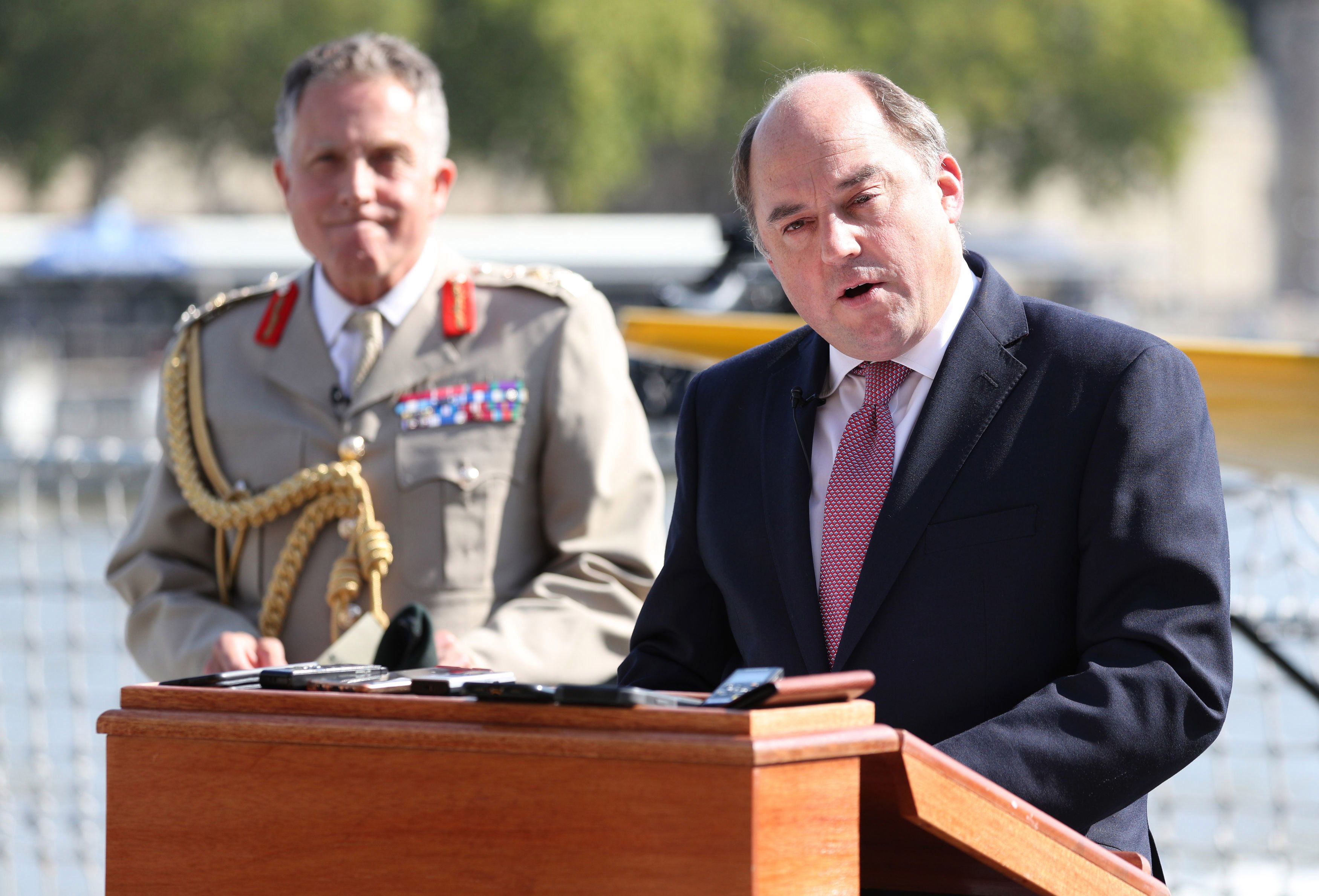Back in April, Alex Ellis, the newly appointed Deputy National Security Advisor, confirmed that the Integrated Review had been formally paused. Its current status remains unclear, although Professor Peter Roberts, Director Military Science at RUSI, has suggested it has restarted and reports have resurfaced in the media that Defence chiefs have been forced to draw up plans for swingeing cuts to military capability. Although the Secretary of State for Defence Ben Wallace (Conservative MP for Wyre and Preston North) has insisted there are “no plans to slash the armed forces” and reiterated in Parliament that “our armed forces should always be defined by the threat we face as a nation, the capabilities we have, and Britain’s global ambition”, the upcoming comprehensive spending review, expected sometime in the Autumn, will force all government departments critically to examine their future programmes and spending plans. To that end, is now the time to think the unthinkable and re-visit the relevance of the UK’s independent nuclear deterrent?
The Case for the UK’s Independent Nuclear Deterrent
Since 1969, the UK has delivered its independent nuclear deterrent under Operation RELENTLESS, a continuous patrol of at least one nuclear-armed submarine maintained by the Royal Navy. The government is committed to maintaining the minimum amount of destructive power needed to deter any aggressor, which requires a capability that is not vulnerable to pre-emptive action by a potential adversary. The continuous patrol provides this.
In its threat assessment, the government points out that, in spite of the successes of arms control activities in slowing the proliferation of nuclear weapons, the number of states with nuclear capabilities has continued to grow. Moreover, it argues there are risks that, over the next twenty to fifty years, a major direct nuclear threat to the UK or NATO allies might re-emerge and that a state’s intent in relation to the use or threat of use of existing capabilities could change relatively quickly.
Furthermore, when the case for the UK’s independent nuclear deterrent was last presented to Parliament, by the Labour government in 2006-07, it was acknowledged that the old certainties of the Cold War were gone but it was recognised that the UK faced a growing number of diverse and complex threats in an unpredictable world. Similar judgements were made in the 2015 Strategic Defence and Security Review. The review confirmed the risk that states with nuclear weapons, or those seeking to acquire them, might use their nuclear capabilities to threaten the UK, and attempt to constrain its decision making in a crisis or sponsor nuclear terrorism.
The Cost of the UK’s Independent Nuclear Deterrent
In July 2016, the House of Commons voted to approve the decision to maintain the UK’s independent nuclear deterrent beyond the early 2030s. This allowed the programme to replace the existing Trident fleet, which had begun in 2007, to move forward into its manufacture phase. This will see the construction of four new Dreadnought class ballistic submarines (SSBN) over the next 15-20 years. The first submarine is scheduled to enter service in the early 2030s.
The estimated cost of the design and manufacture of a class of four SSBN is £31 billion, including inflation, over the life of the programme. A £10 billion contingency has also been set aside. Spread over the thirty-five-year life of the programme, this represents 0.2 per cent of government spending.
To date, approximately £4.8 billion has been spent on the concept and assessment phase of the programme (£905 million and £3.9 billion respectively). In its 2019 Update to Parliament the MOD confirmed that the programme remained within budget and that a further £1.2 billion had been spent in FY 2017/18, with £1.5 billion in FY 2018/19.
In-service running costs for the nuclear deterrent currently equate to roughly six per cent of the defence budget. Based on current expenditure, as set out in HM Treasury’s Public Expenditure Statistical Analysis 2019, that amounted to £2.32 billion in FY 2019/20. In a recent House of Commons Library Briefing Paper, Claire Mills recognised that calculating overall in-service costs for the Dreadnought class is “fraught with difficulty” and requires a number of supporting predictions and assumptions. However, if one uses real-term GDP growth forecasts, and assumes: defence spending will continue at two per cent of GDP; in-service costs will remain at near six per cent of the defence budget; and the first boat will enter service in 2031 and have a 30-year lifespan, then in-service costs based on this methodology would total approximately £141 billion.
It should, however, also be noted that an April 2019 study by the Nuclear Information Service put the UK’s nuclear weapons programme costs to 2070 in the region of £172 billion. A similar assessment by the Campaign for Nuclear Disarmament put the real cost around £205 billion.
More than just a Deterrent
Of course the argument over whether the military capability that Dreadnought will provide justifies the cost is far from the complete picture. As Mark Galeotti, a senior associate fellow at RUSI, has pointed out, having nuclear weapons keeps the UK at the global top table. In 2018, he argued that the UK may have the fifth largest economy in the world (seventh largest in 2020), behind Japan and Germany, but do the latter have nuclear weapons? Ukraine and South Korea may have larger armies, but do they have nuclear weapons?
The capacity to be a permanent member of the UN Security Council, something de facto reserved for recognised nuclear powers, and to be a meaningful voice on more than just proliferation issues is an intangible asset, one the UK government fully understands and exploits. He also highlights how this is recognised internationally. For example, Ash Carter, a former US defense secretary, acknowledged Britain’s status as a nuclear power allowed it to “continue to play [an] outsized role on the global stage.“ Finally, Galeotti posited that, whether or not the independent nuclear deterrent helps the faltering US-UK special relationship, any moves to cancel the purchase of US missiles would undoubtedly harm ties with Washington.
So What?
If the design and manufacture of the four Dreadnought boats swallows up the full £10 billion contingency, and Claire Mills’ in-service estimates are in the right ballpark, through-life costs for the UK’s next generation nuclear deterrent will be north of £180 billion. That’s a lot of money for a weapon system no-one in government or the military actually wants to use. Of course, as the analysis above confirms, there’s much more to it that that. The UK’s independent nuclear deterrent plays directly into the nation’s place in the world; it will be a significant influencer in whatever the ‘Global Britain’ turns out to be. To that end, it must be part of the discussion around the Integrated Review.
It is the view of @onUKDefence that the government’s strategic threat assessment underpinning its decisions to maintain the independent nuclear deterrent remains valid. It also believes that the UK’s interests are best served by maintaining its place at the global top table. However, it is the view of the nation as a whole that matters. To understand what that view is, the government should facilitate an open and honest debate about the pros and cons of maintaining an independent nuclear deterrent as it considers its future security, defence and foreign policy.






